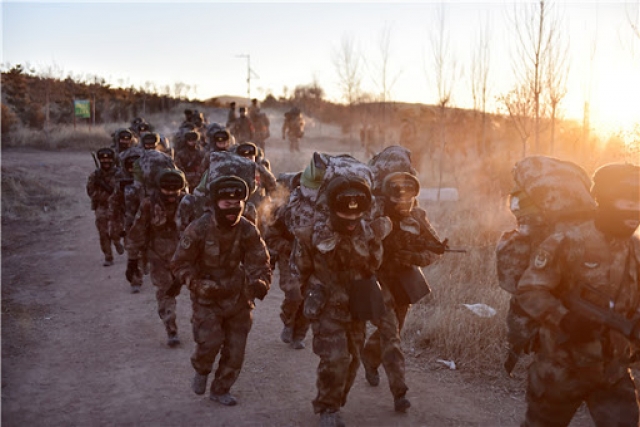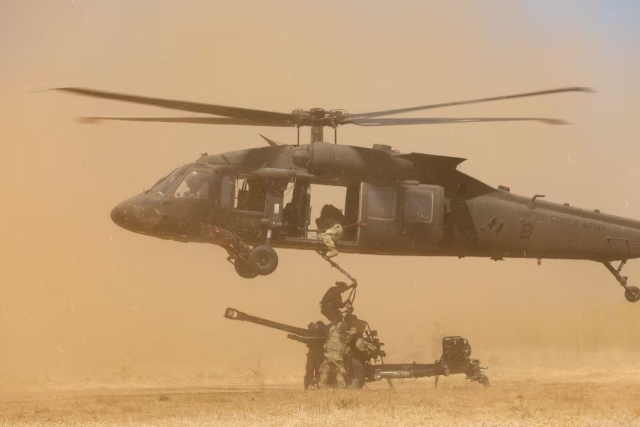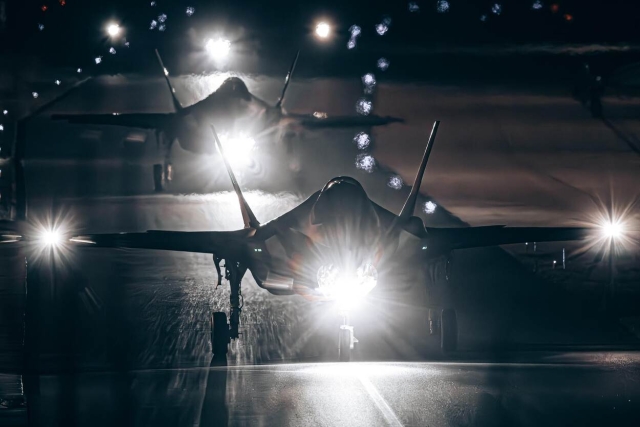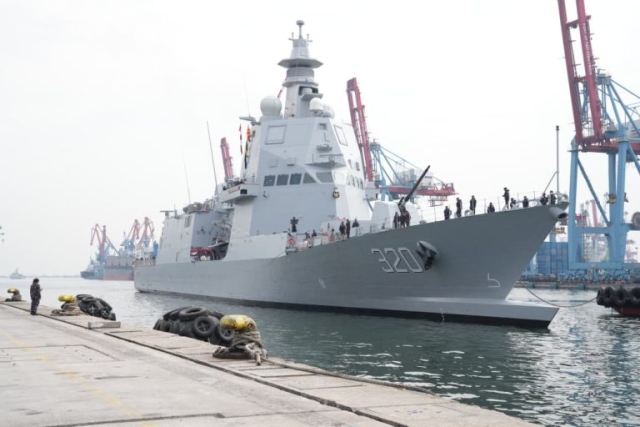China Commences Exercises to Test Deploying Dual-Aircraft Carrier Combat Group
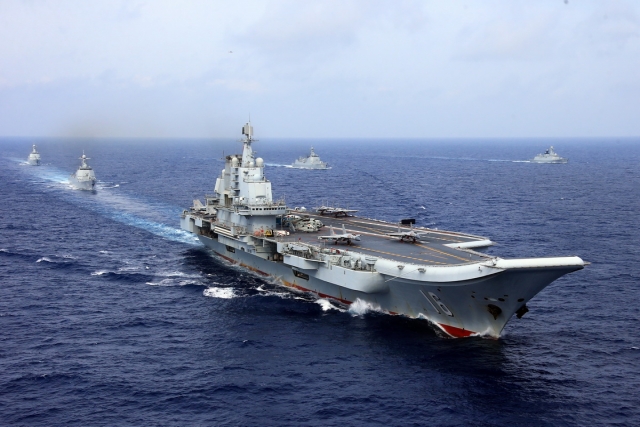
Chinese two aircraft carriers Shandong and Liaoning, embarked on a training voyages in the Bohai Sea and Yellow Sea respectively last week which Chinese media said was for simultaneous exercises.
This is the first time China has deployed two aircraft carriers in exercises simultaneously. With the Shandong gradually gaining combat capability and the two carriers training together, China will eventually be capable of deploying a dual carrier combat group, a tactic useful in high-intensity warfare — including possible reunification-by-force operations on the island of Taiwan and resistance against US provocations in the South China Sea, Global Times reported Sunday.
“Compared with two separate carrier combat groups, a dual carrier combat group offers a significant boost in efficiency and capability, particularly in the deployment of fighter jets. Even if these simultaneous exercises do not see the two carriers interact with each other this time, it will be another significant step toward a true dual carrier era for the PLA Navy,” a military expert said.
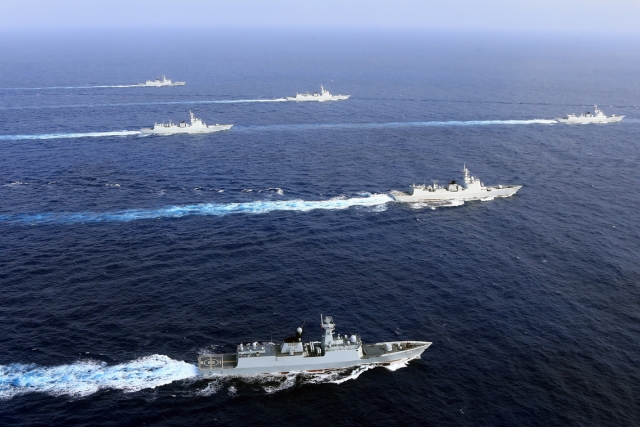
The twin-carrier exercise by China follows similar exercises by the US Navy last month in the South China Sea (SCS) which was intended to deter Chinese adventurism in the SCS region. By conducting dual-carrier exercises, the PLA Navy appears to be demonstrating to the US Navy that it too can put up a matching show of force.
The US Department of Defense’s 2020 annual report to Congress on Chinese military power released last week stated: “The People’s Republic of China has the largest navy in the world, with an overall battle force of approximately 350 ships and submarines including over 130 major surface combatants. In comparison, the U.S. Navy’s battle force is approximately 293 ships as of early 2020.”
On September 1, Shandong headed out for combat drills with full-scale models of J-15 jet and a Z-8 helicopter. The naval drills in Bohai Sea will take place around September 22.
“China’s two carriers will become key forces at a time when it has been facing military pressure from countries like the US in the Taiwan Straits and the South China Sea, and potentially from India on China's key maritime transport lanes,” Beijing-based naval expert Li Jie told Chinese government mouthpiece.
“A pair of aircraft carriers can squeeze the island of Taiwan from different angles. Together with the DF-21D and DF-26 anti-ship ballistic missiles of the PLA Rocket Force, they can lock down the island and deny possible US intervention,” Li had said last week.


